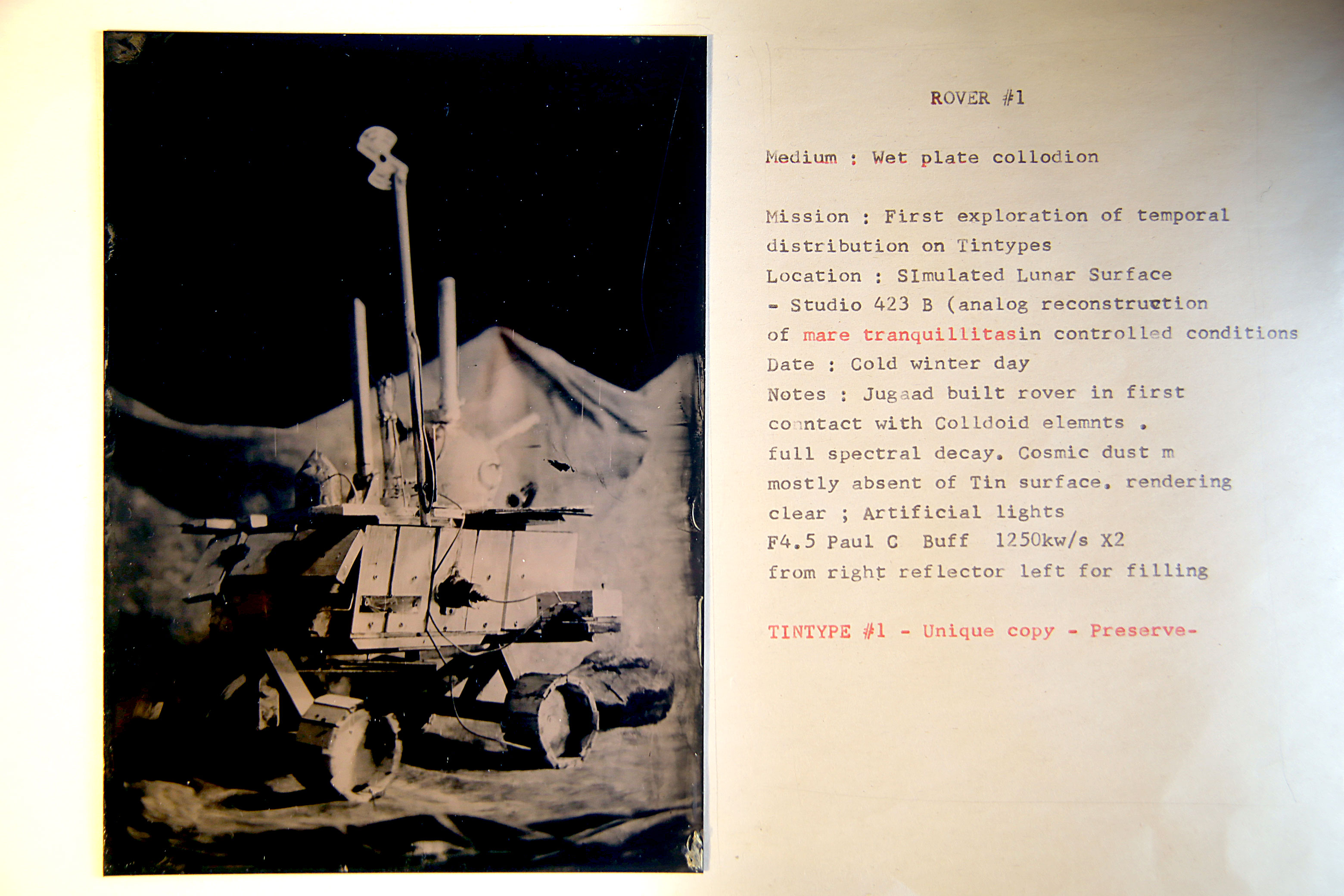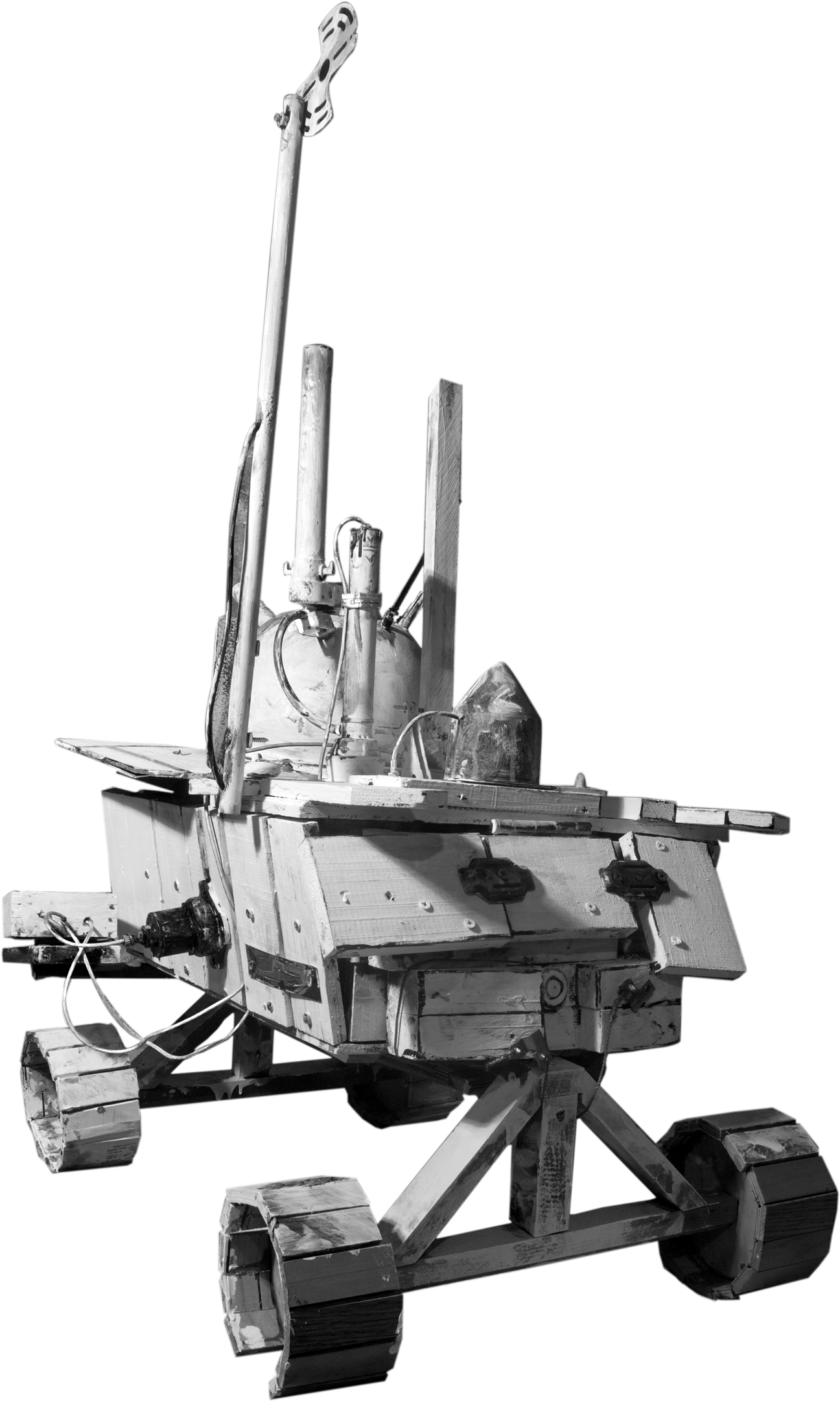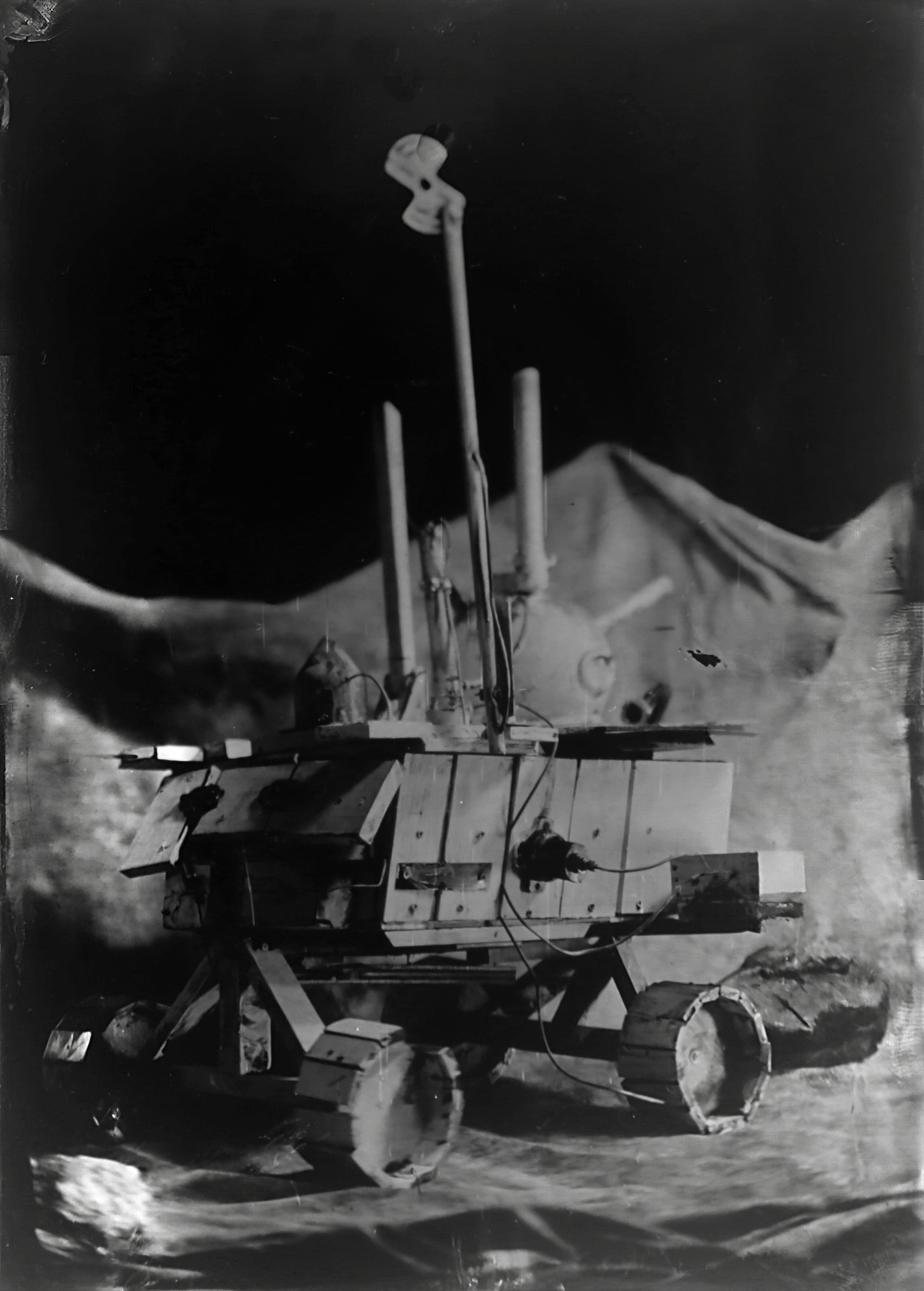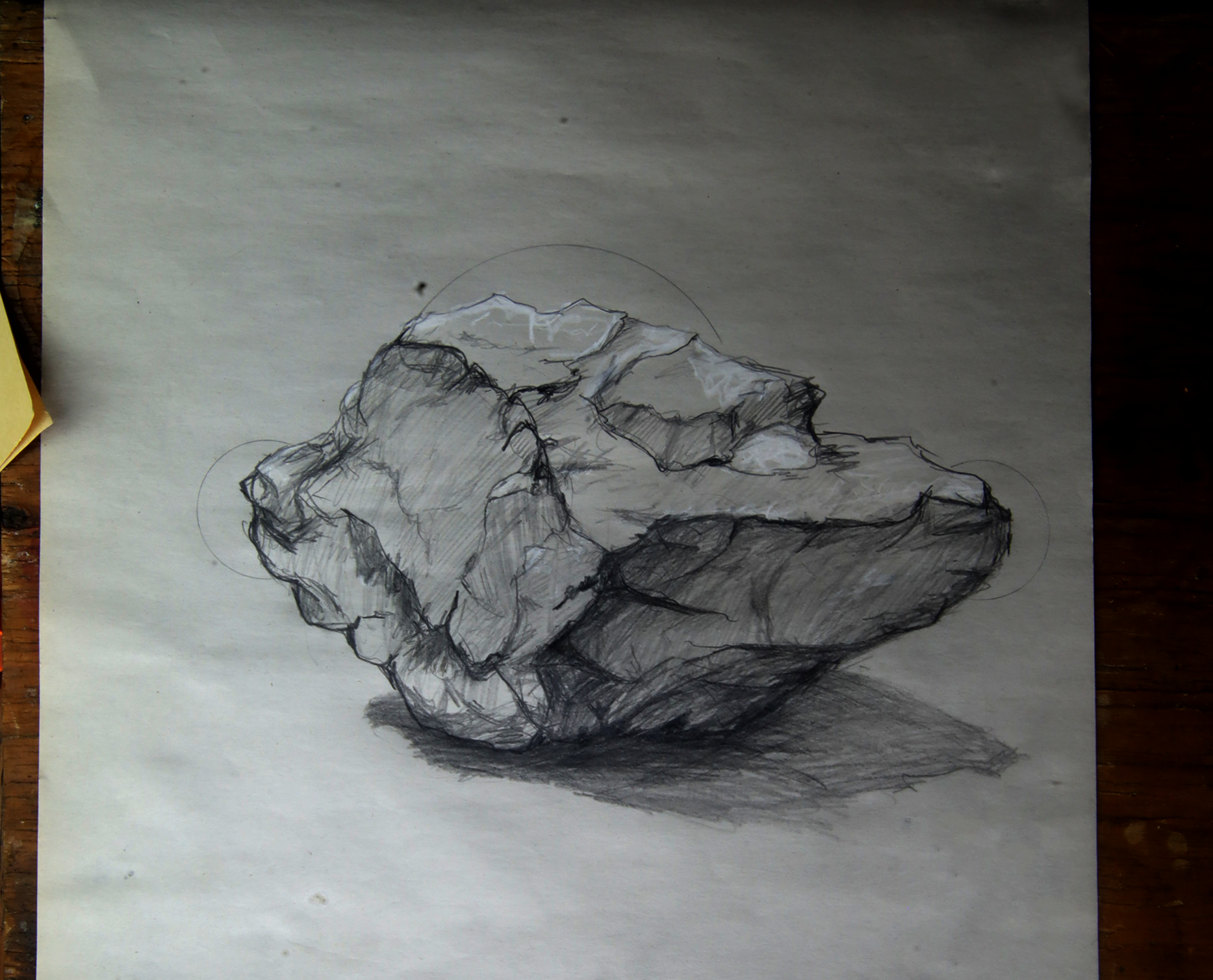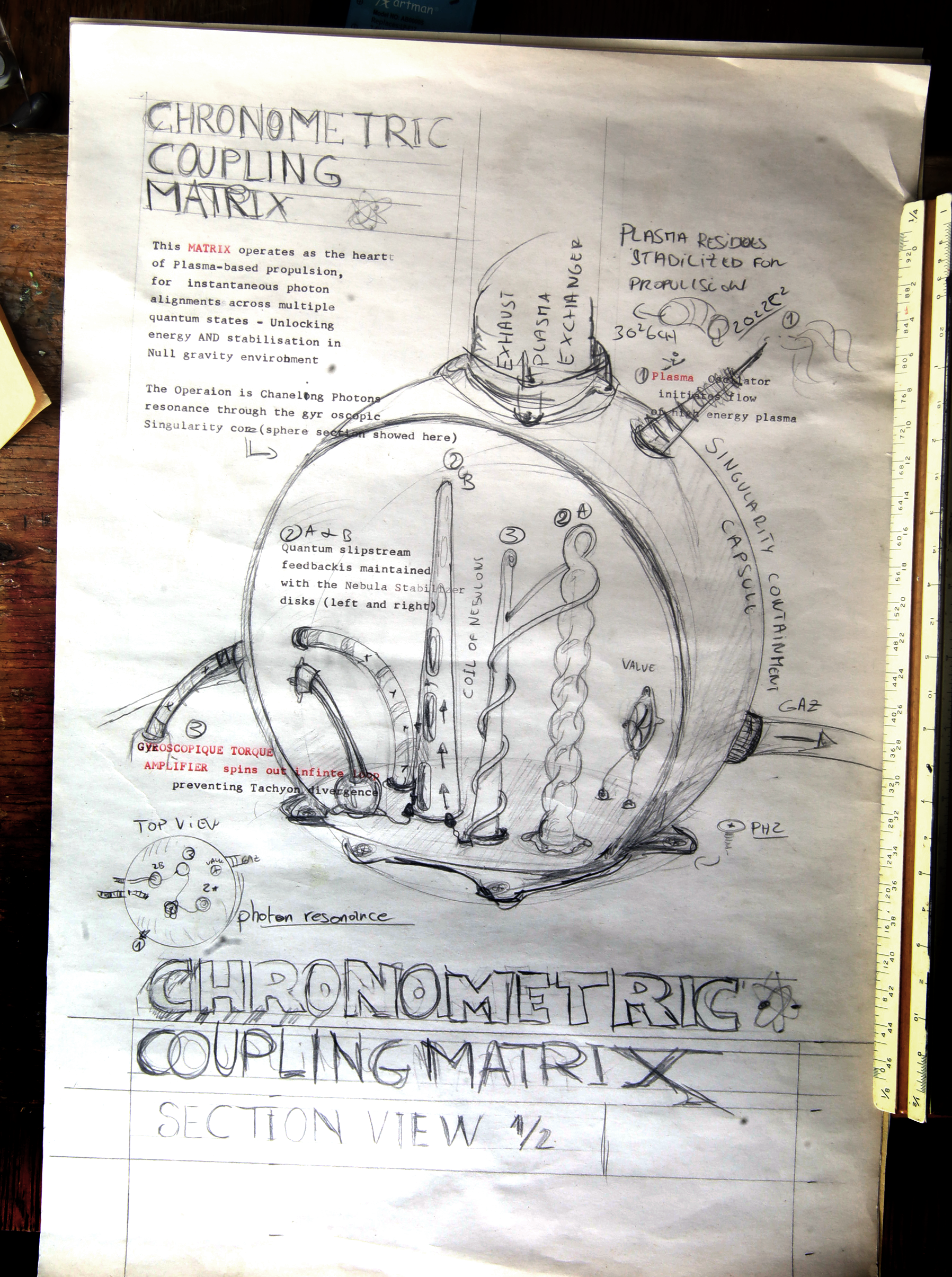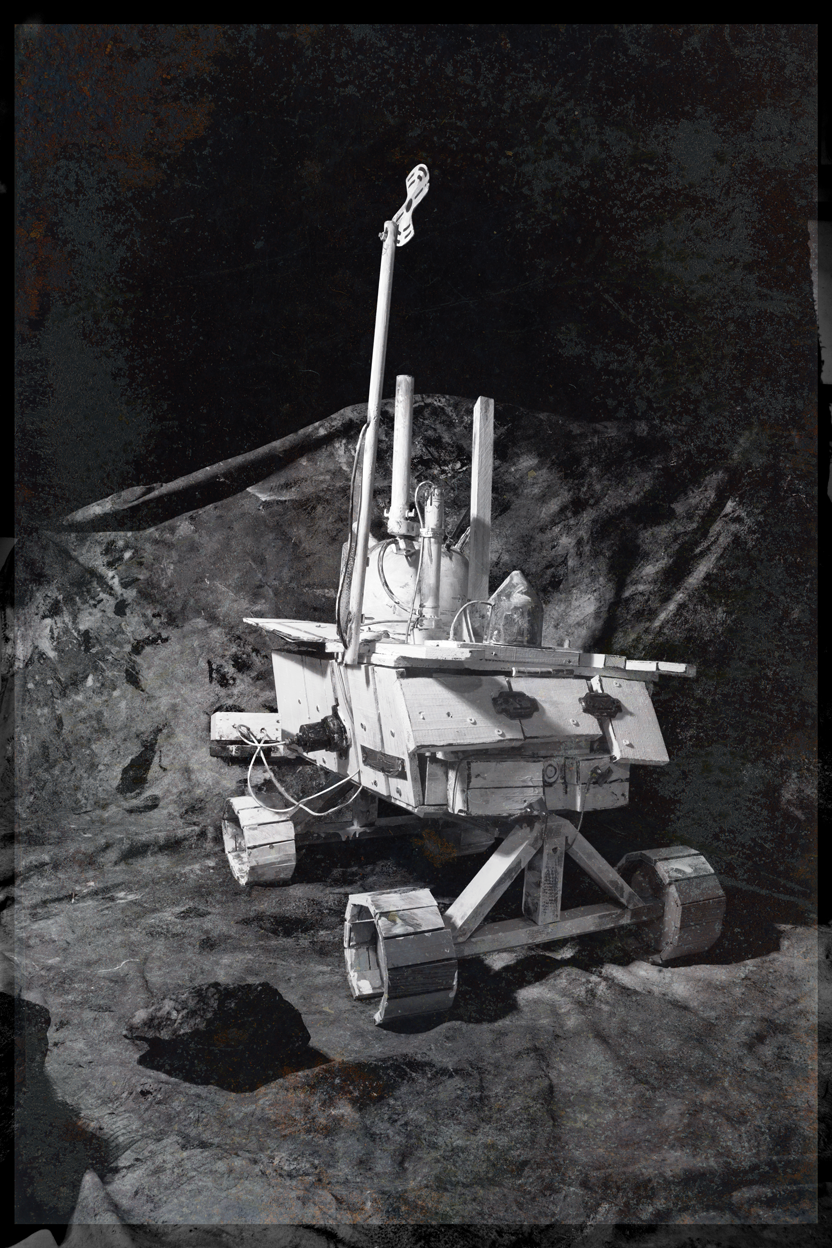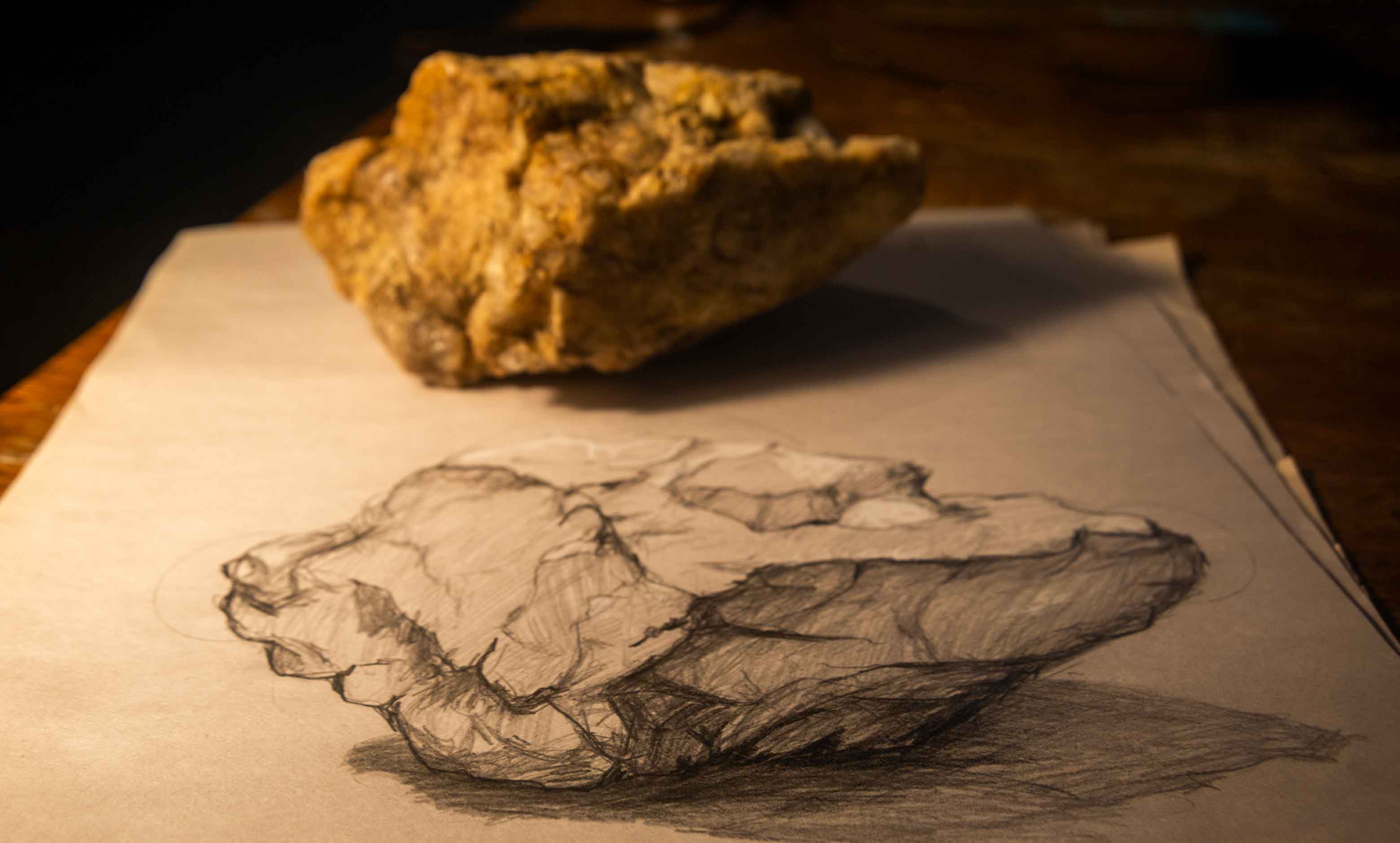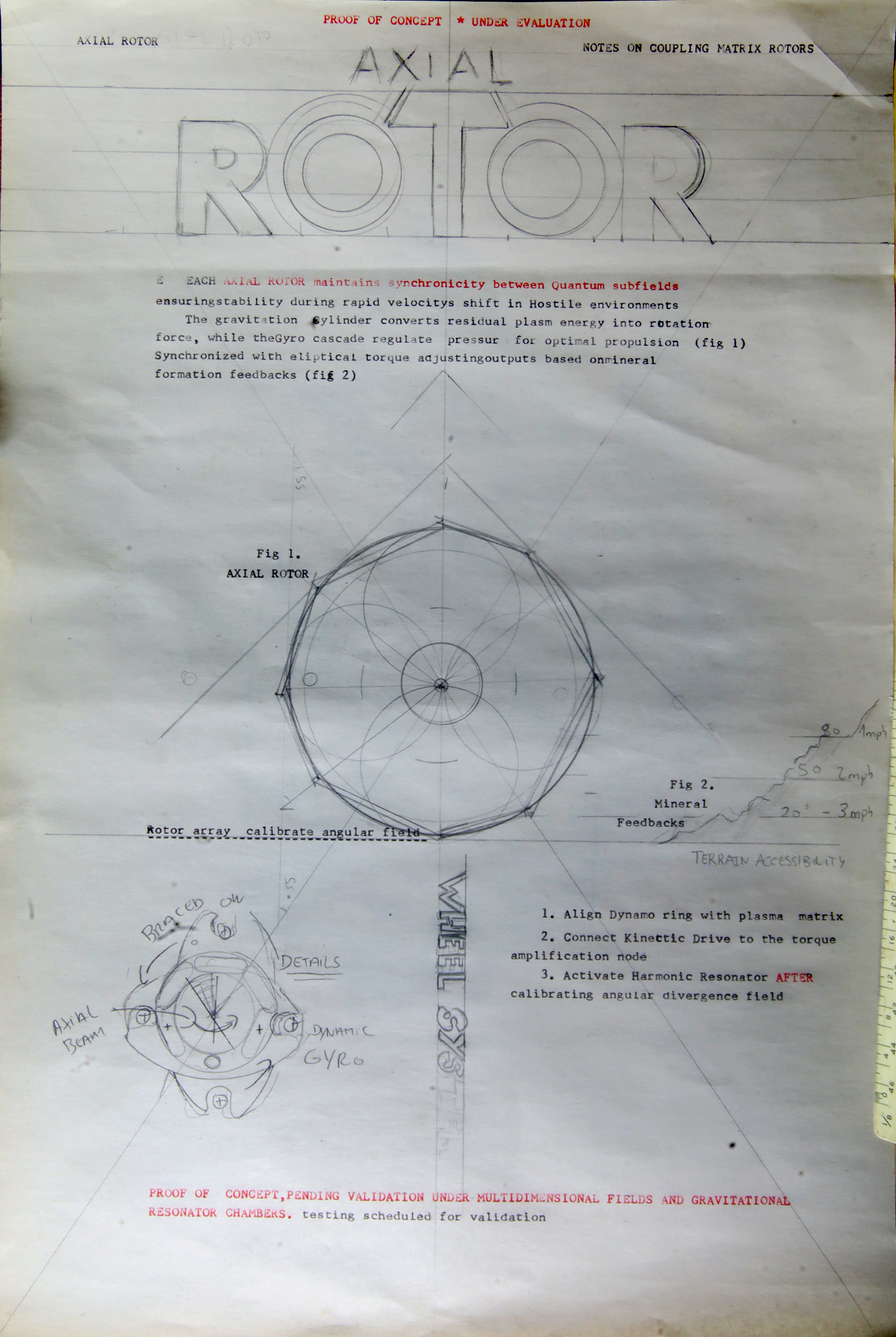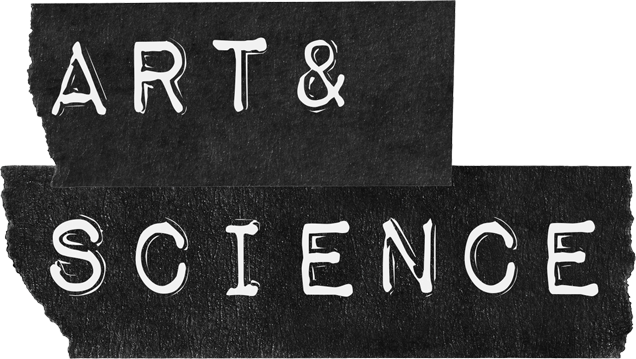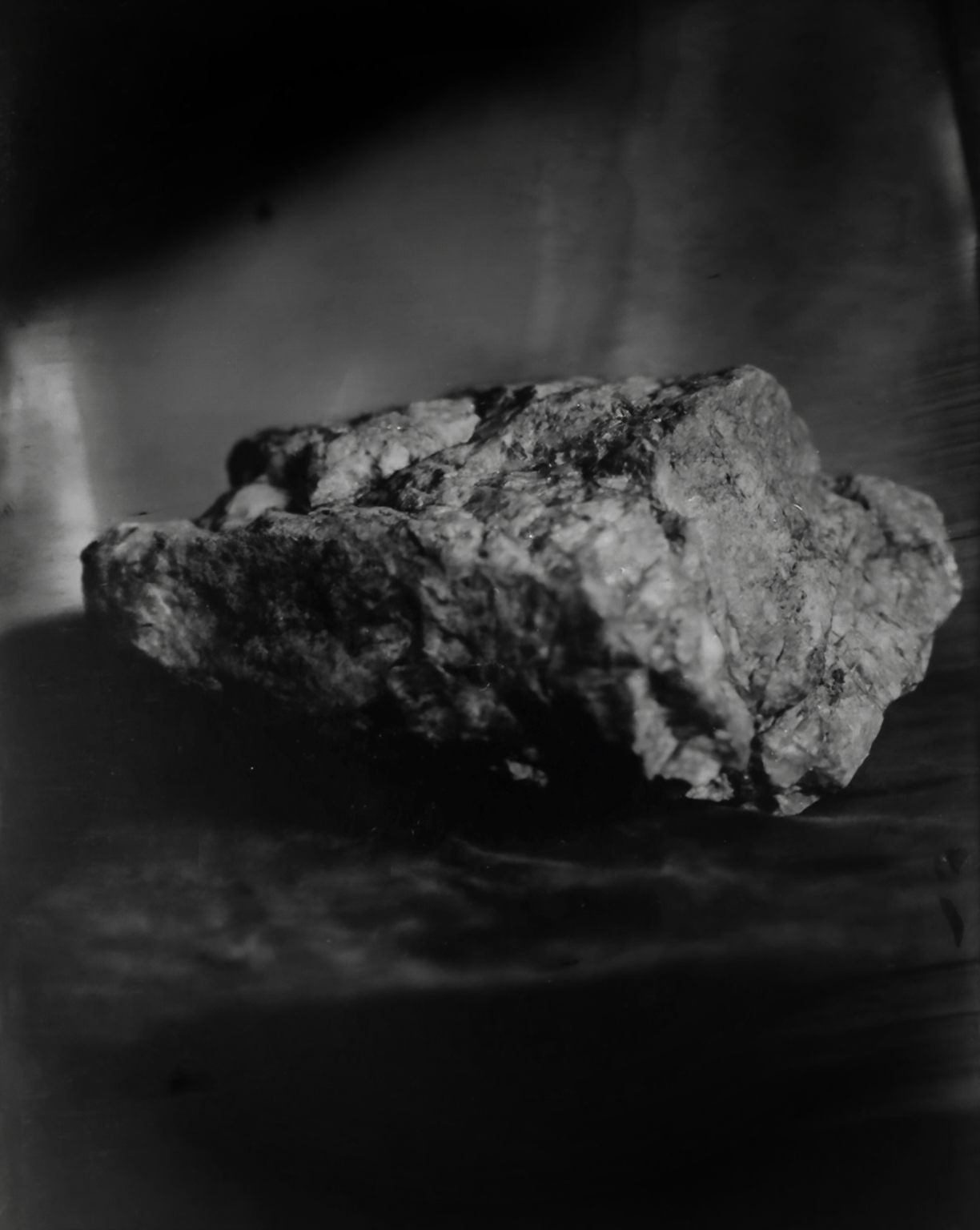The Intersection of Art and Science: From the Moon to the Page
NASA’s artists in residence have long documented space exploration in ways that extend beyond technical function. From Chesley Bonestell’s celestial landscapes to Tom Sachs’ bricolage space installations, art has always helped shape our cosmic dreams.
This project continues that legacy—not as an institutionally sanctioned endeavor, but as a radical, DIY alternative to official space narratives. It challenges us to see the cosmos through both scientific rigor and imaginative storytelling.


